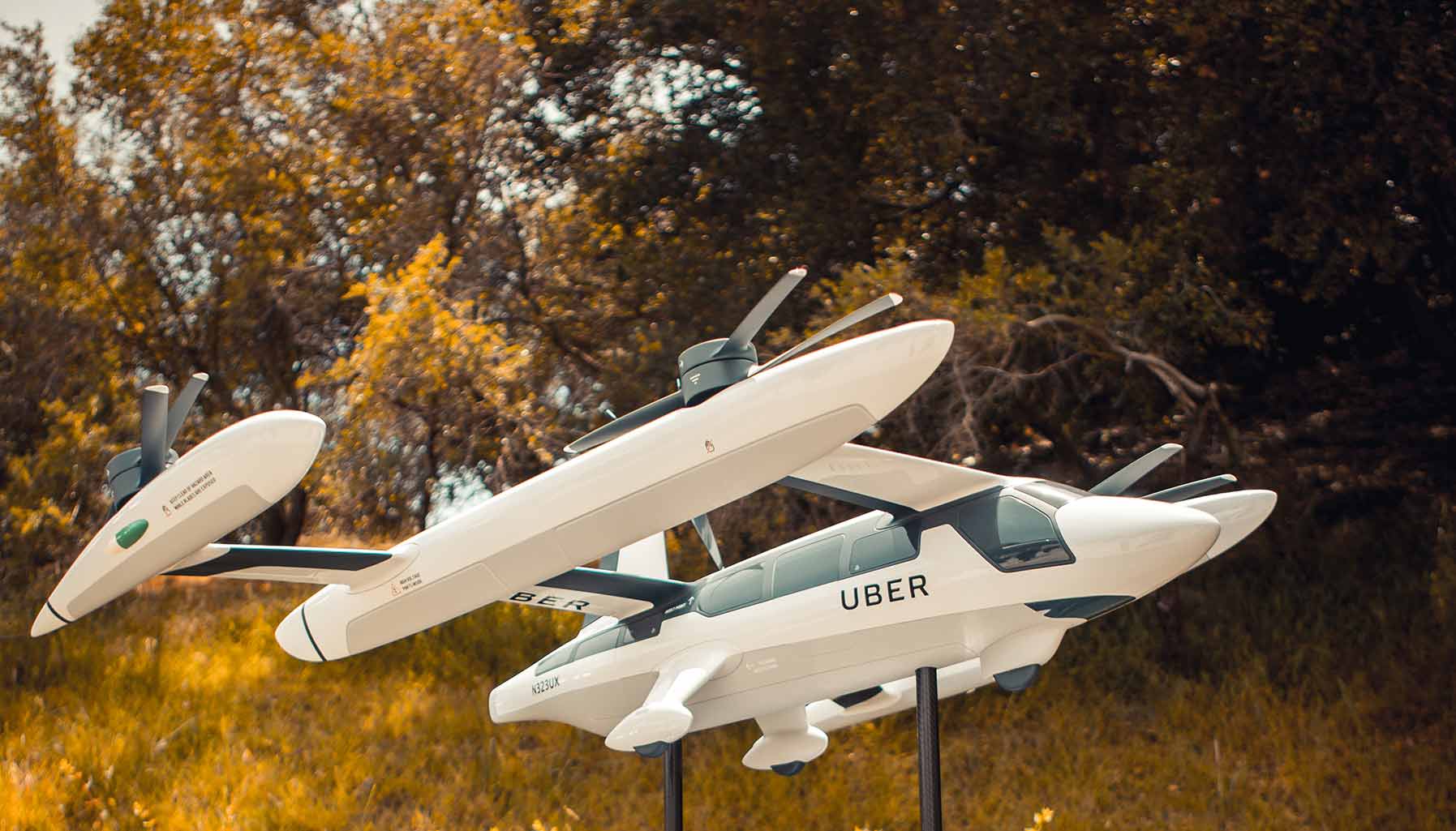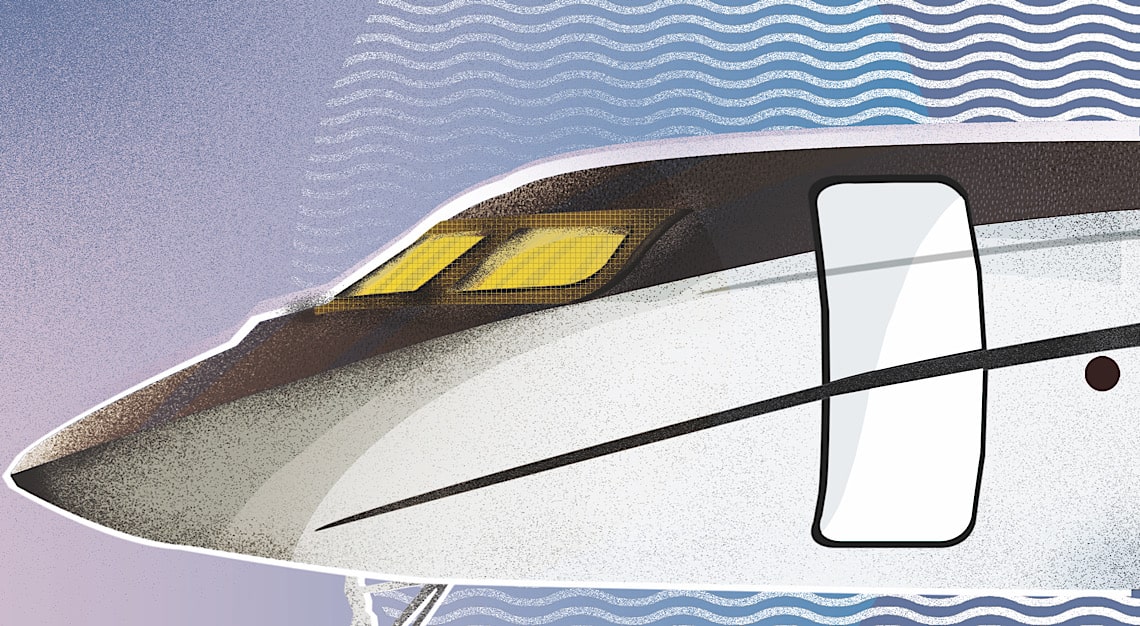the Ride-hailing app wants to elevate commuters with its new electric flying taxi initiative
Ride-hailing app Uber is no longer operating in Southeast Asia, but it is still flying high halfway across the world, and is planning to fly even higher. And that’s not a figurative statement.
In Los Angeles, at its Elevate summit, it put into motion plans to launch UberAir, an electric helicopter service set to commence demonstrator flights by 2020 and from there, full commercial operations by 2023.
Well, it’s not exactly a helicopter, even though the concept vehicles proposed during the summit have vertical take-off and landing (VTOL) capabilities. The vehicles of the UberAir fleet, if the concepts are anything to go by, will look similar to one of those drones that all the cool kids are piloting these days, except scaled up by several thousand per cent, and made to carry people.
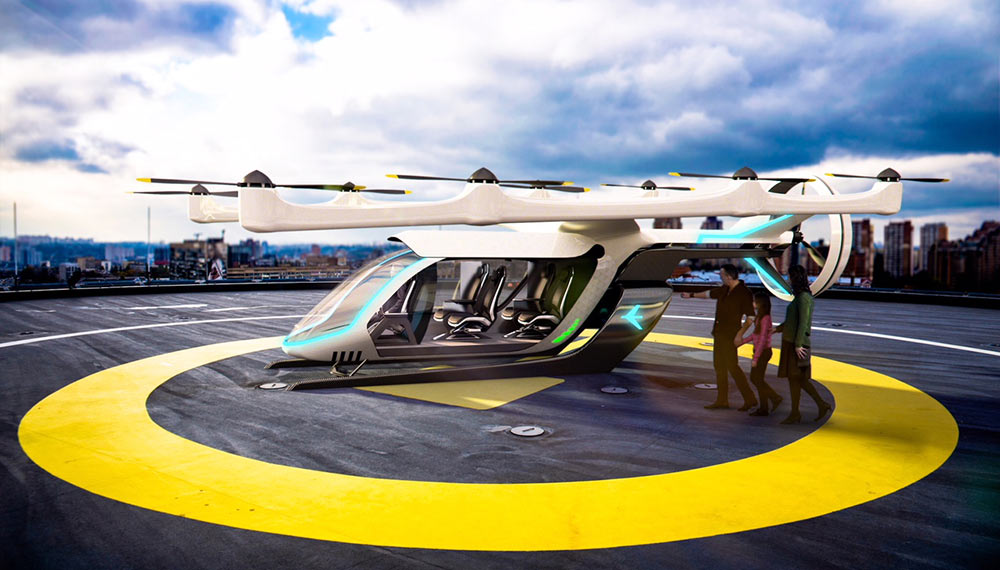
Interestingly, this isn’t the first time Uber is taking to the skies. In December 2015, it introduced UberChopper in Dubai.
Essentially a helicopter joyride around the city, it only takes off and lands at one location, takes you around a set route, and you have to arrive early for a safety briefing.
Oh, and it explicitly mentions “demand will be high”, which is PR speak for “good luck getting a ride, buddy”.
It’s a little, well, limiting, though UberAir plans to change all that.
In a slickly produced launch video featuring an ethnically diverse cast, a cameo from one of its self-driving cars and a billboard showing an ad for its UberEats food delivery service, depicts a lady headed home from work.
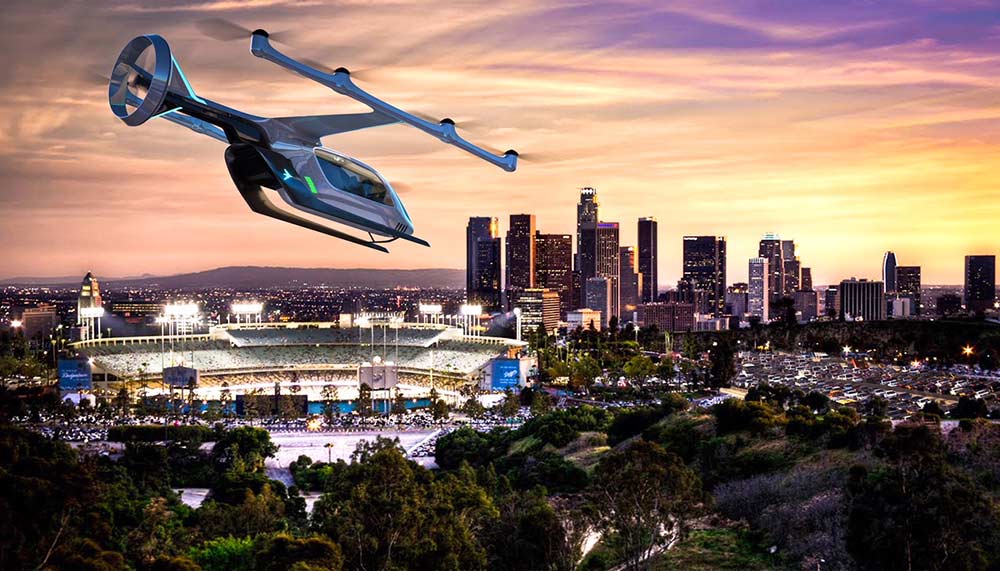
She starts off by booking an UberAir ride through the Uber app, heads to the roof of a building that’s a designated Uber Skyport, gets into her VTOL and a short while later, is zipping congestion-free over the city at 300km/hr.
She’s then dropped off at another Uber Skyport (called Nodes), where she’s picked up by a driverless car for the final leg of the journey to her white picket fence suburban home into the loving arms of her ostensibly stay-at-home husband and two children.
Yes, we could argue about the video itself all day long and how Uber’s attempt at inclusivity in the wake of CEO Travis Kalanick’s departure from the company is borderline cringe-worthy.
But the content of the video, while deeply compelling and interesting, does raise a number of equally interesting questions.
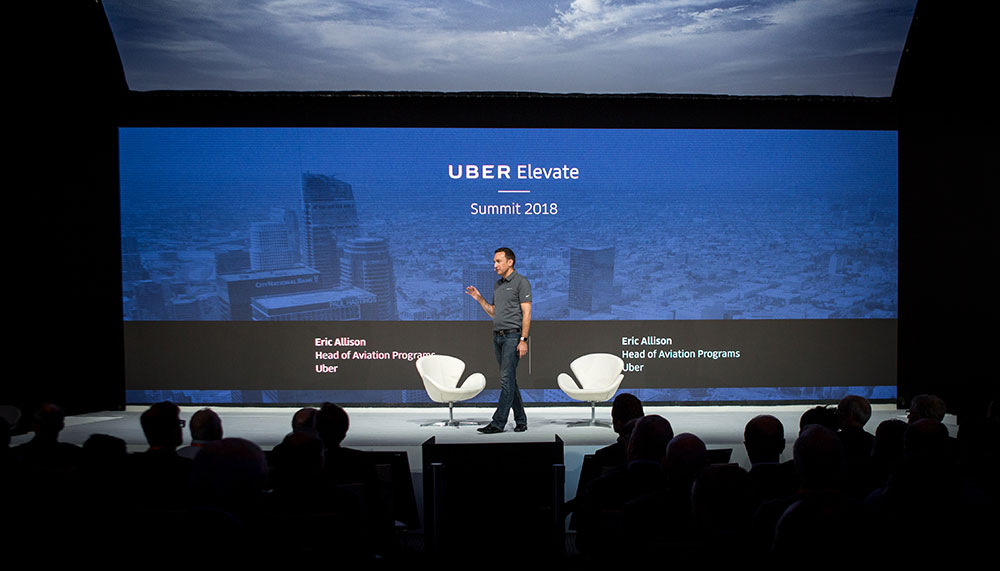
Getting the vehicles will be the easy part. A handful of manufacturers, including Uber and Embraer, have put forth several concepts. And that’s only the tip of the iceberg. We foresee companies – both traditional aircraft manufacturers and start-ups – falling over themselves to build an UberAir vehicle in an effort to become the first dominant player. Like what Tesla did with electric cars.
Uber is also searching for a third city to trial its new service and the criteria is numerous. Among them being said city has to have good local transport infrastructure (because people will need to get to/from Nodes), a suitably densely packed sizable population and “a robust electrical grid supplied by low carbon intensity energy”.
Then there’s the question of safety (both digital and physical), air traffic control (so we don’t end up with the same gridlock, but up in the air now), Skyport infrastructure, costs, charging points, potential vehicle autonomy… and the list goes on and on.

Uber has addressed all these issues in a comprehensive white paper, with a mountain of graphs, charts and fancy animations to back up its claims.
While there is no doubt about the veracity of these claims and that Uber has the clout to make them a reality, getting governments, which tend to move at a glacial pace, to say yes to everything is a bigger issue.
Take electric cars for example. How many do you see? You could probably count them with one hand. And who remembers the utopian optimism of the mid-20th century, which foretold of a time when we’d be riding around in flying cars? Look outside, how many do you see?
What Uber is doing is great, but unless it can find a way to ‘disrupt’ red tape, a flying electric taxi is going to be so much vapourware.
